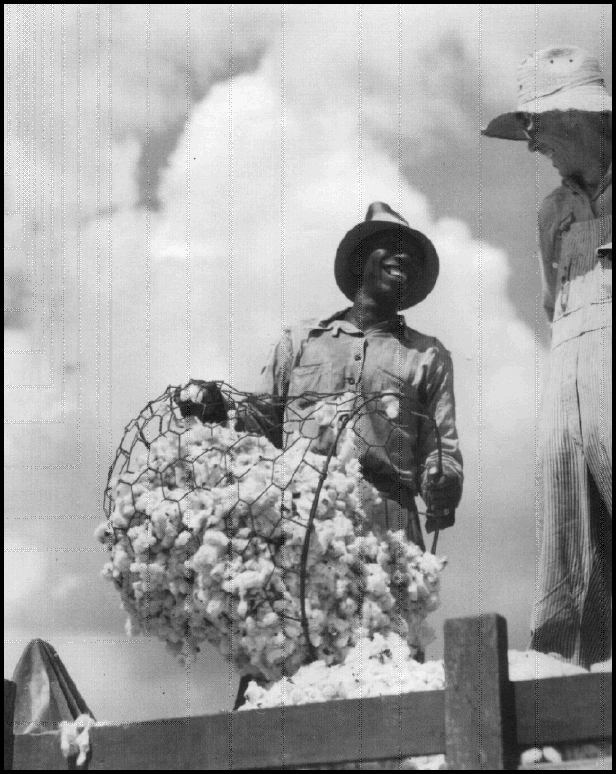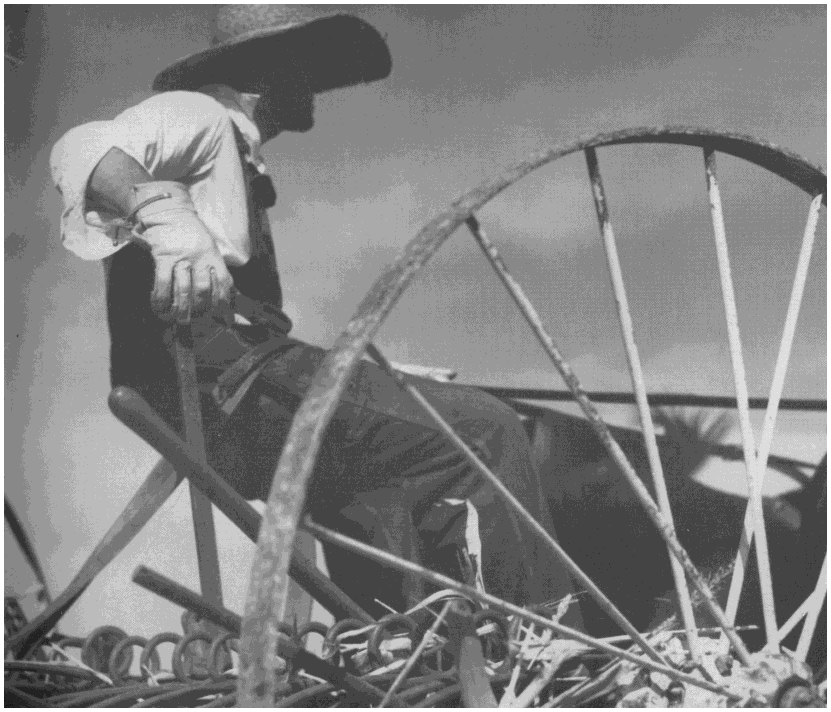
A Texas Journey
The Centennial Photographs
Of Polly Smith
Evelyn Barker,
Editor
(Dallas Historical Society)

In the midst the longest economic depression in American history, the legislators of the State of Texas decided it was time to put on a Centennial Celebration. The fair was to open in 1936 and no small sum of state funds was appropriated to buoy the spirits of the businessmen and entrepreneurs of Dallas.<The festival directors took on the relatively young (twenty-seven-year-old) Polly Smith as chief photographer. Her mother, Minnie, was well-connected. She had been a overseer for the United States census of 1920 in five Texas counties, and was chummy with the political mavens in Austin, including governor Pat Neff.
Polly was given her generous commission and was instructed to travel across the state to produce "an adequate and complete file of representative Texas photographs." Almost a hundred of these are reproduced here in A Texas Journey.
As we wander through the photographs, we find ourselves wondering if there was something wrong with Miss Smith's eyes. There are photographs of palm trees, chili peppers, grapefruit fruiting out perfectly on the tree, mountain streams (complete with deer), smiling blacks (complete with bales of cotton), Jersey cows, ancient plows, grain elevators, workmen on oil-drilling platforms ... among all this plenty, there are almost no photographs of the poverty, misery and misfortune in the life of most of the inhabitants of Texas at the time ... black, white, Mexican-American, rural or urban.
Assuredly, Miss Smith was working for a minority population, the still-prosperous Texans (or at least those well-off enough to contemplate a festival in the midst of a devastating economic downturn). But with a touch of subversiveness, she might have squeezed in a bit of reality there, between shots of the lofty Gulf Petroleum Building in Houston and the equally lofty Magnolia Petroleum Building of Dallas. Even the WPA poster artists of Texas were able to rock the boat a little, give a hint of despair of the less-fortunate.
Outside of the pictures of buildings and oil wells and orange groves, there are a few portraits, but the faces are often obscured by caps, hats, sombreros, bonnets, and shadows. The exceptions are the happy fans at Arlington Downs racetrack, the happy bathers at Barton Springs, or the happy students in their outdoor café at the University of Texas.
Smith was not hired on to start a revolution. She was hired to drum up business for a festival to celebrate the wonders of 1930s American commerce. But as the WPA photographers taught us, one could mix victories and failures into a universal black-and-white art.
One often does not view the full output of the Public Works of Art Project photographers like Walker Evans, Russell Lee, Berenice Abbott, Dorthea Lange. But there they are: parades and smiling couples and willing workers, picnics in the park, carnivals on the streets, simplicity of American town and country life, including --- but not restricted to --- the depressed and the downtrodden. There is in such a mix an implicit trust that the viewer wants a complete picture of the world as process, not solely propaganda, prosperity, hard-to-come-by success.
We cannot know from this volume if Miss Smith served up a full plate of the good and the bad in 1935-1936 Texas to the sponsors of the Centennial Celebration. Perhaps they threw away the ones that implied poverty and loss. Perhaps an editor of A Texas Journey for whatever reason purged all but one or two, like the one facing page 170: "Blind beggar at San Fernando Cathedral, San Antonio, Texas." The print shown here is somehow plunged in darkness, shadowed more than any of the other photographs, the figure hard to discern. Perhaps the chemical gods were at work, sabotaging Miss Smith's fixing solution; perhaps Miss Smith herself was reluctant to lighten it up, due to its subject matter; perhaps the senior editors at the Dallas Historical Society were offended by this unkempt man in his black coat, one hand out, just outside the cathedral gates ... gates not unlike prison bars. Who is to know; who is to say?
Perhaps the truth of A Texas Journey is only to be found in the poem "Beautiful Texas," by W. Lee O'Daniel ... set in this volume just before the first chapter:
There are some folks who still like to travel
To see what they have over there.
But when they go look, it's not like the book
And they find there is none to compare
To beautiful, beautiful Texas,
Where the beautiful bluebonnets grow.

--- Rachael Wright